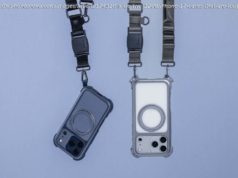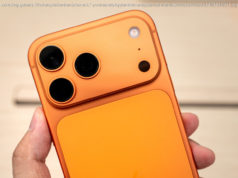Plus: Facebook signs up a few more users, and a key technical problem for smartphone makers may have finally been solved.
It’s enough to make you upgrade to Windows 10
Once again, computer users are on edge over the latest ransomware attack that has spread through the interwebs. Just a few weeks ago, the WannaCry attack was making users puddle up and pay at least $300 to get their files de-cryprted. This time, the attacking malware is being called Petya, and it appears the primary target was the embattled country of the Ukraine, although the virus has now spilled out into the larger world.
The New York Times said cybersecurity experts at Symantec indicated the attack is hitting Windows computers through an NSA-developed exploit known as Eternal Blue, which they said was leaked online by the Shadow Brokers hacking group back in April. However, it doesn’ t look like a financial bonanza for the unknown perpetrators, as it appears only a few dozen people have paid the $300 bitcoin ransom. Still, if in doubt, just don’ t click on that email link. Learn more about the Petya ransomware attack.
Hoodies for everyone!
Congratulations are in order for Facebook, the obscure social network that just hit 2 billion users. Yeah, we don’ t know anyone that uses it either. But with about 2 out of every 7 people on the planet now connected, chances are you might know someone “Facebooks.” All kidding aside, it is a big milestone for “The Facebook, ” as it was originally called when it launched on February 4 th, 2004 by Harvard student Mark Zuckerberg and a cadre of friends.
Since then, Facebook has become a tech juggernaut, with a market cap of nearly $450 billion and popular sub-brands such as Instagram, WhatsApp, Oculus VR and more. Head Facebooker Mark Zuckerberg is now the fifth wealthiest person on earth and Forbes ranks him as the Number 10 most influential person on the planet. Not bad for a Harvard dropout. Learn to code, kids, learn to code.
The tech below the surface
Edge-to-edge displays on cell phones are becoming a thing now, with handsets like the Xaiomi Mi Mix and others pushing screen real estate right to the edge of device. It looks cool, but there’s a problem: fingerprint readers won’ t always work through those super-stylish displays. It’s a problem that reportedly has delayed production of Apple’s highly-anticipated iPhone 8, which is due out this fall. Now comes word from several sources that the problem may have been solved.
Mashable and others are reporting phone maker Vivo has shown a working sub-screen print reader at Mobile World Congress in Shanghai, and some video clips seems to bear out the news. The reader is made by Qualcomm and reportedly uses ultrasonic technology to read fingerprints through glass, water and even aluminum. At present, the reader takes a bit longer to authenticate than current tech like Apple’s home button reader and others.
But as you can imagine, updates will increase speed and a few years from now, we’ ll wonder why we ever even had to have a home button – or a phone with bezels of any kind at all.
We’ ve got more news on our Facebook page and YouTube channel, and be sure to tune in to this week’s DT podcasts: Close to the Metal (computers and such) on Tuesday, Trends with Benefits (general tech shenanigans) on Thursdays, and Between the Streams (movie and TV topics) every Friday.






